|
This blog is part of a monthly series about community-led housing in Scotland, jointly written by Mike Staples, Chief Executive at South of Scotland Community Housing (SOSCH), and Ronnie MacRae, Chief Executive at Communities Housing Trust (CHT). Between us we’ve worked with hundreds of communities across Scotland, facilitating well over 1,000 affordable homes. We have 43,000 long-term empty homes in Scotland[1]. We have soaring costs of building materials, and challenges of supplying them, particularly to remote or island areas. We have goals for net zero and zero waste, to help tackle the climate crisis. And we have an affordable housing crisis. Amid all this, there is an obvious starting point: use what we have already. Communities are best placed to take on projects to ‘recycle’ buildings, reusing materials and repurposing them to meet local needs. Recycling for net zero Often unattractive to commercial developers, restoring and repurposing older buildings is an important part of a more sustainable environment and meeting net zero goals. It should be considered alongside other industry priorities, including, for example, using net zero heating and energy efficiency measures, and local materials. Especially for urban areas, where new builds and green spaces are harder to come by, repurposing empty buildings is a strategic and climate conscious way to address the housing crisis. This opportunity is reflected in Community Right To Buy legislation, updated in 2018 to include ‘abandoned, neglected, or detrimental land.’[2] However, many would consider this extension underutilised, in part because of the convoluted process. CHT and SOSCH support communities through this process to bring recycling buildings into the mainstream. Costs of building materials and challenges of supply Following Brexit and the Covid pandemic, there has been a well-documented rise in costs of building materials. Prices of timber and steel increased by 79% and 77% respectively by September 2021.[3] Coupled with, for example, attempting to build on an island, and additional transport costs of materials by ferry, reduced ferry sailings due to bad or winter weather and associated delays, this is a pressing challenge. In real terms, all this has led to a 20-40% increase in development costs.[4] There is therefore an obvious case to be made, not only for supplying home-grown materials through collaborations between crofters, farmers and landowners, but for reusing and recycling as many materials as we can. A third crucial aspect is then actively tackling the skills and labour shortage, particularly keenly felt in rural areas, by creating more opportunities for implementing a recycling, circular economy approach to construction. Raising confidence and spirits Beyond these practical points, there is value in what we call ‘placemaking’ – communities having a role in shaping where they live, strengthening relationships between people and place, having pride in where you live and raising confidence for exploring what changes are possible. Many of the vacant buildings in urban areas are linked to services or businesses ending, and high street decline. Therefore these buildings are often central, visible, and can greatly affect local pride and spirits – and the economy – if they sit empty. In rural areas, the empty buildings may be schools, or houses – buildings important to generations of people. There’s often a sense of sadness at decline within the community, as an indicator of wider problems of rural depopulation. Community-led projects to re-use and re-purpose buildings are not just environmentally-conscious approaches to housing, but also approaches that can appreciate the personality, character, and history of a place where communities become responsible stewards. In doing so communities demonstrate model ways of how best to integrate historical places with their long-term future in mind. Recycling buildings provide an opportunity to integrate all of the above. Case studiesSOSCH has supported the following projects: Langholm Old Police Station: An award-winning project in which a former police station lain empty in town centre for 15 years before the Eskdale Foundation turned it into 4 affordable homes (family, single-resident, and fully accessible homes). Wigtown: the Wigtown & Bladnoch Community Initiative turned a former Bank of Scotland, which vacated the high street in 2017, into two homes and a community-run bunkhouse for visitors. Whithorn: All Roads Lead to Whithorn (ARLTW) redeveloped a former Grapes Hotel, derelict for over 30 years on the historic main street, into two family homes (with a phase two: two additional fully accessible homes at the back of the site and landscaping). ARLTW is also renovating the Town Hall. Communities Housing Trust has facilitated or is undertaking the following projects: Glendale, Skye: CHT is a key partner to renovate and convert the old Borrodale school and schoolhouse in Glendale into 5-6 affordable homes, alongside the Glendale Trust, Historic Environment Scotland, Local Energy Scotland and Zero Waste Scotland, amongst others, with a focus on reusing materials, boosting local skills and rural trades, and energy efficiency. Achiltibuie: with Coigach Community Development Company, CHT converted the old schoolhouse into 2 affordable homes for the local community, with funding support from the Nationwide Foundation and the Scottish Government’s Rural Housing Fund. It was the first successful completed project to receive RHF funds. Acharachle: CHT worked with Acharacle Community Company to renovate the old school and schoolhouse, as well as a derelict empty home, Druim Garbh. CHT developed an innovative long lease model which allowed the home to be refurbished to a high standard. In all of these cases, had the community not taken control of the buildings and led the conversion into housing, the properties would very likely remain empty and degrading. Communities are taking on a vital role and undertaking work that others will not, and must be supported in doing this important work. These projects require specialised architectural vision to reshape an existing building into unique homes with character, with support from organisations such as Historic Environment Scotland, the Architectural Heritage Fund, and Construction Innovation Centre Scotland. Challenges such as Brexit, Covid, material costs and the energy crisis are causing regulatory bodies to be more cautious, when in fact these are the exact reasons why urgent and flexible cooperation is needed whilst there is a desperate demand for more housing. Both SOSCH and CHT will continue to support communities to take on projects on empty homes and vacant buildings, as one crucial aspect of tackling Scotland’s housing and climate crises. References [1] See Scottish Empty Homes Partnership: https://emptyhomespartnership.scot/ [2] Community Right to Buy (A,N, & D): https://www.gov.scot/policies/land-reform/community-right-to-buy-abandoned-neglected-or-detrimental-land/ [3] See RICS article, 19 Nov 2021: https://www.rics.org/uk/news-insight/latest-news/news-opinion/construction-materials-cost-increases-reach-40-year-high/ [4] Communities Housing Trust projects at March 2022; own calculations. This correlates with the wider sector, see e.g. https://www.constructionnews.co.uk/supply-chain/how-sharply-rising-materials-prices-have-rocked-the-sector-28-02-2022/ Further reading
‘Not so pretty vacant’ campaign by SLC & SEPA Empty Homes Partnership Case Studies - Scottish Empty Homes Partnership You can also report an empty home here: https://emptyhomespartnership.scot/ This is the first in a series of monthly blogs about community-led housing in Scotland, jointly written by Mike Staples, Chief Executive at South of Scotland Community Housing (SOSCH), and Ronnie MacRae, Chief Executive at Communities Housing Trust (CHT). Between us we’ve worked with hundreds of communities across Scotland, providing well over 1,000 affordable homes. Amid all the noise about Glasgow’s COP26 and the world’s net zero targets, progressive and creative climate action has been quietly taking place in communities across Scotland. Scotland has ambitious climate goals. We’ve committed to becoming carbon neutral by 2045 and having 1 million zero-emission homes by 2030. The built environment has widely been acknowledged as a key area for opportunity in meeting these goals, and communities are making great progress through community-led housing. This isn’t new. Community Land Scotland’s recently commissioned research, Community Landowners and the Climate Emergency, finds that communities are good at climate-friendly regeneration and that environmental sustainability is a key tenet within their activities. The report finds that communities have “an over-riding concern to care for the community and the local environment,” (p.7). A second report by the Community Land Trust Network of England and Wales finds that community-led housing organisations in the UK routinely meet and exceed local and national carbon reduction requirements. Why? Because communities focus on their experiences, their needs, and their aspirations for the future. They look long-term. They want to thrive. They prioritise wellbeing. And this all translates into genuine, grassroots commitment to sustainability and environmental protections that we find in so much of their activities. Both SOSCH and CHT know this to be true. We frequently work with communities who are generating their own power through, for example, hydro schemes, rather than relying on fossil fuels. We work with communities retrofitting abandoned buildings and bringing them back into productive use as low-energy homes. We work with communities using vacant and derelict land to develop diverse and creative combinations of housing, services, and social and green spaces. Providing homes and services within easy reach contributes to the national aim of 20-minute neighbourhoods and reduces travel. These are just a few aspects of a wide picture of how we’re supporting communities in working towards net zero, and indeed carbon negative. Green design and energy efficiency
A mix of facilities supporting a local circular economyThe GALE Centre, part of CHT’s regeneration of Achtercairn in the centre of Gairloch on the west coast, is run by the Gairloch & Loch Ewe Action Forum (GALE). It embodies GALE’s ambitions to provide services and lead sustainable, community-led development in the region.
Retrofitting disused buildings
Supporting rural trades and ‘green’ construction
So, the good news is that community-led housing is regenerating places and making important contributions to tackling our climate crisis.
Community-led housing enables a just and inclusive transition to net-zero. It is an empowering, democratic way to involve everyone in reducing climate change without jeopardising the human right to a warm, affordable home. Let’s widen the national conversation about net zero and the ways to achieve it. Community-led development, based on the everyday experiences of local people and their wishes for the future, is a fair and responsible way to deliver sustainable development that Scotland urgently demands. Support for community ownership and development means both people and planet thrive long-term. We’re calling on the Scottish and UK governments to recognise the leadership of communities and increase support for community-led housing. It’ll allow more communities to deliver on climate targets as well as building the homes we so desperately need. |
CHT BlogThis blog features a variety of CHT’s developments and projects located throughout the central and northern Scotland. It also includes the latest news and updates regarding the Trust. Archives
September 2023
Archives
September 2023
Categories
All
|

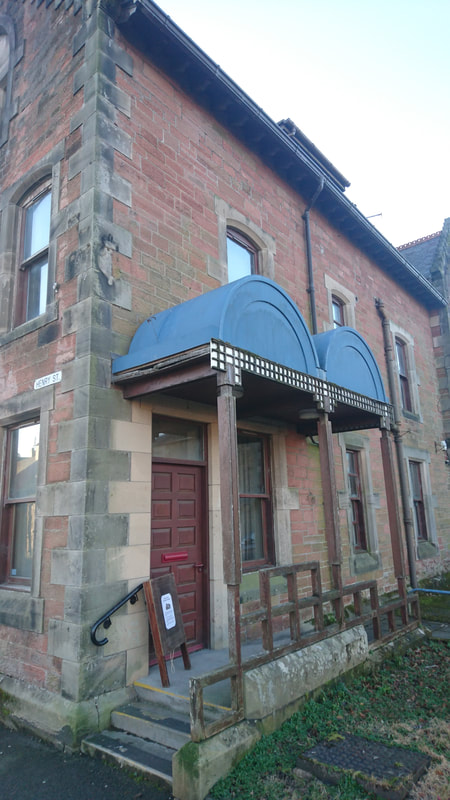
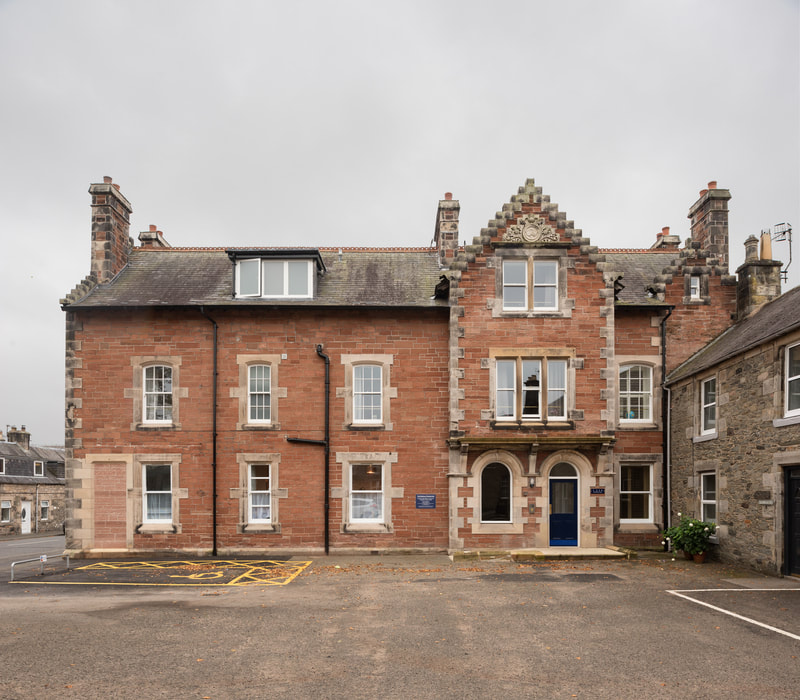
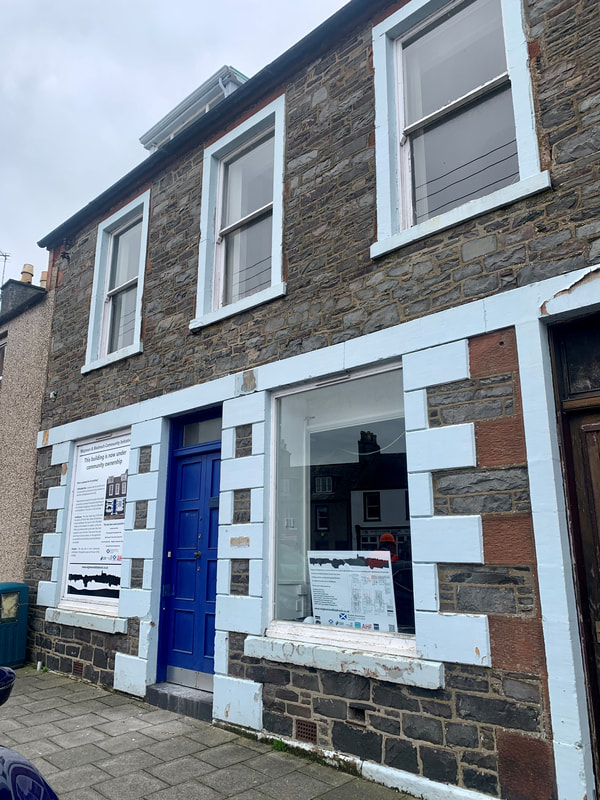
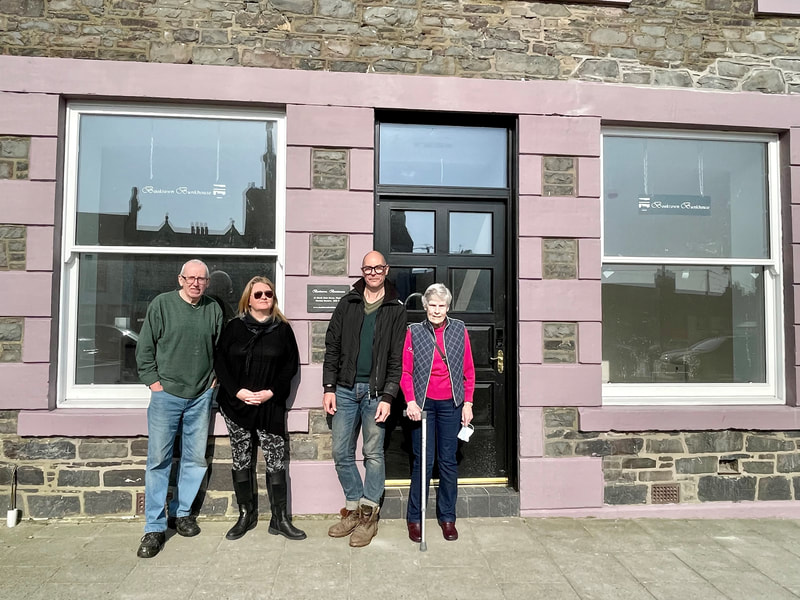
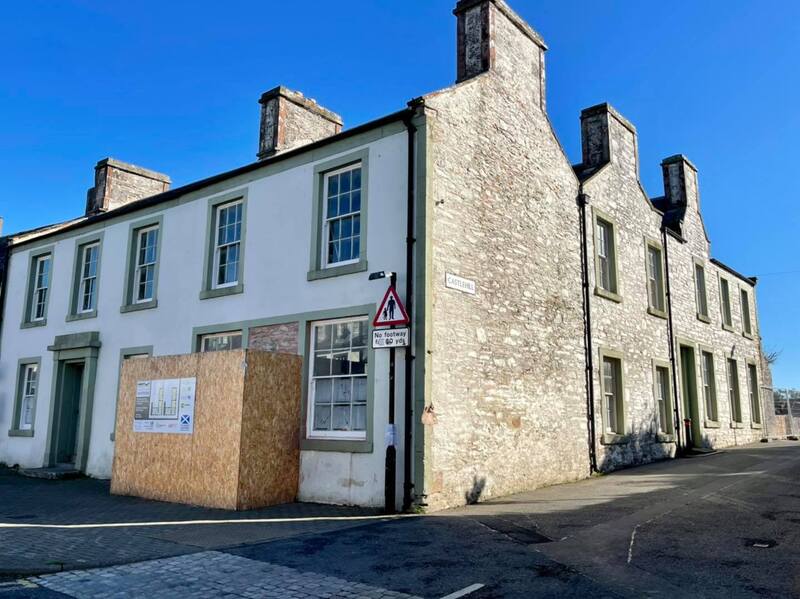
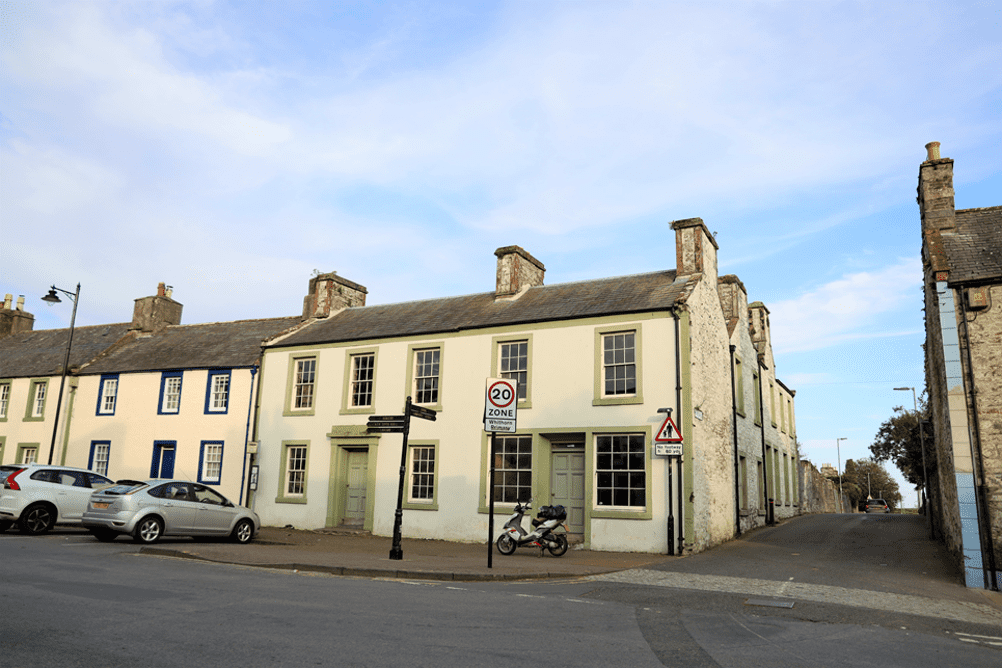
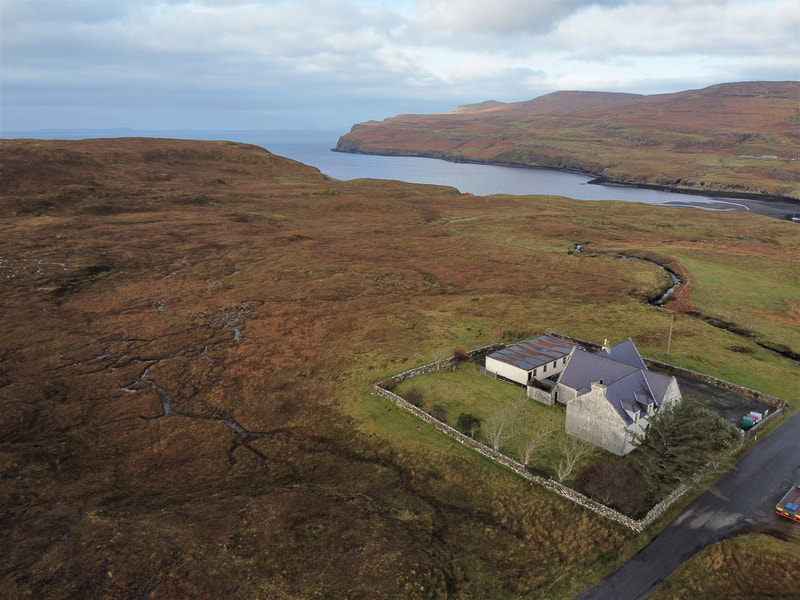

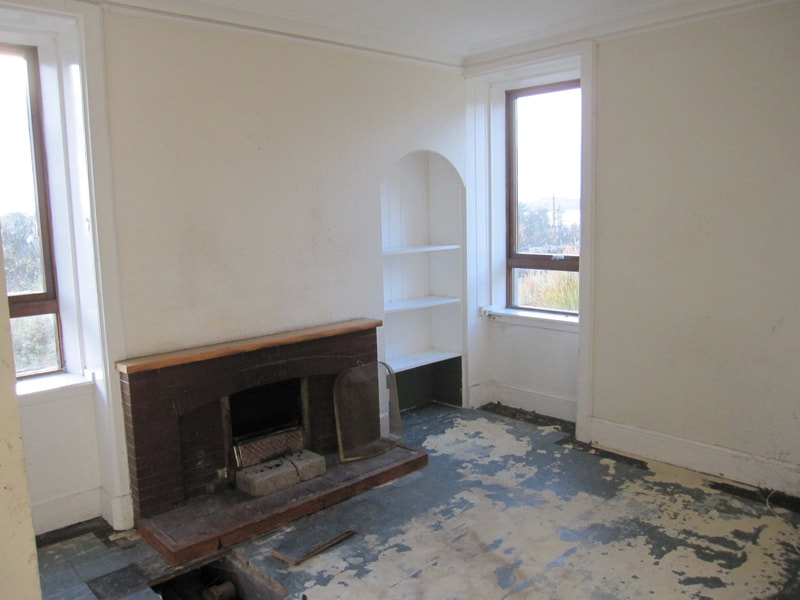
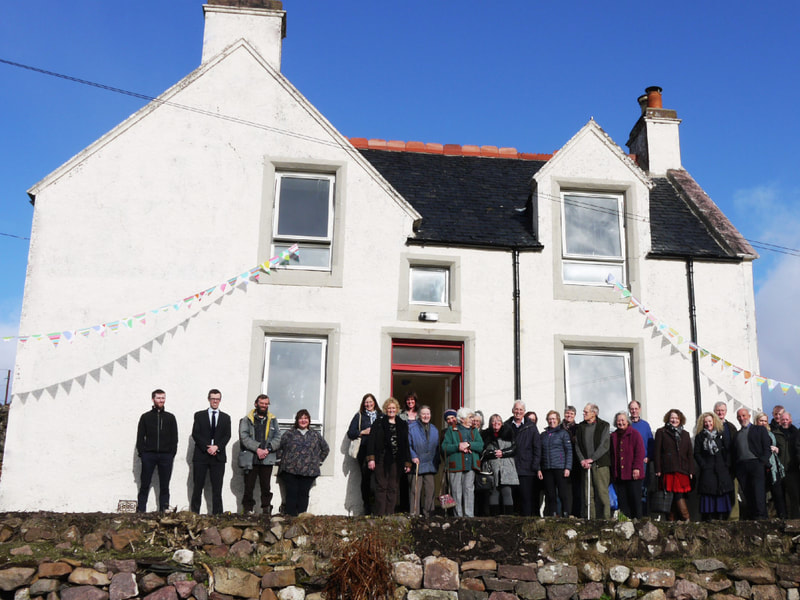
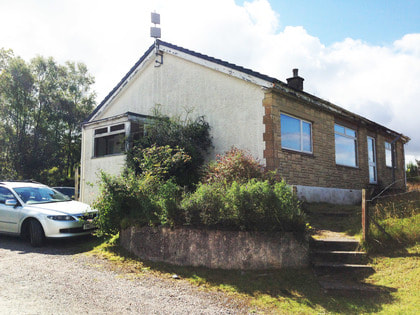
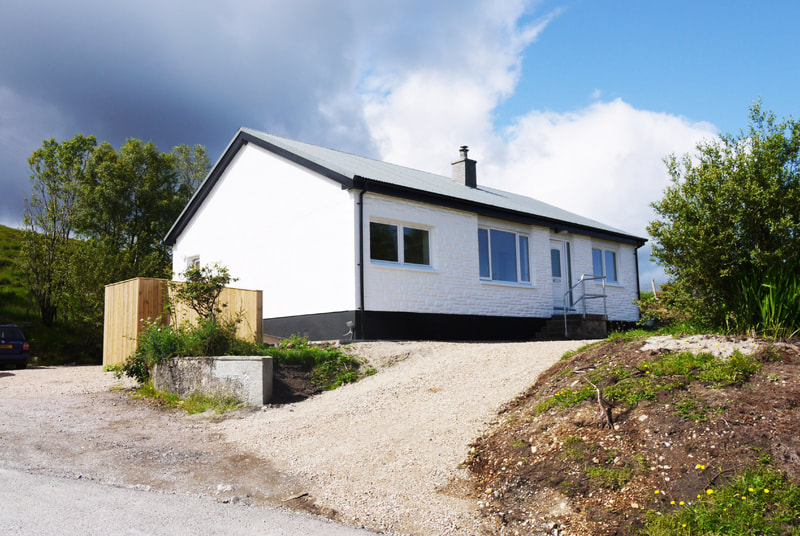
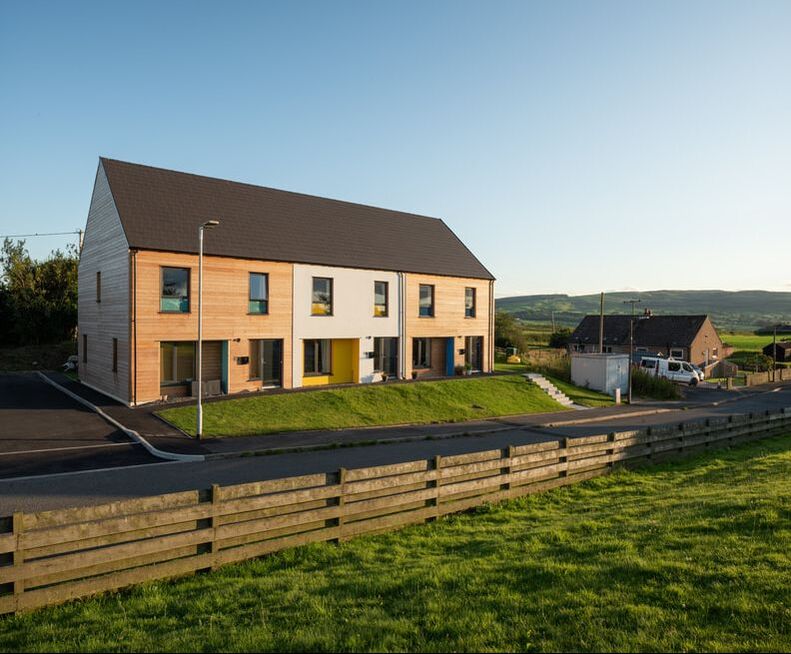
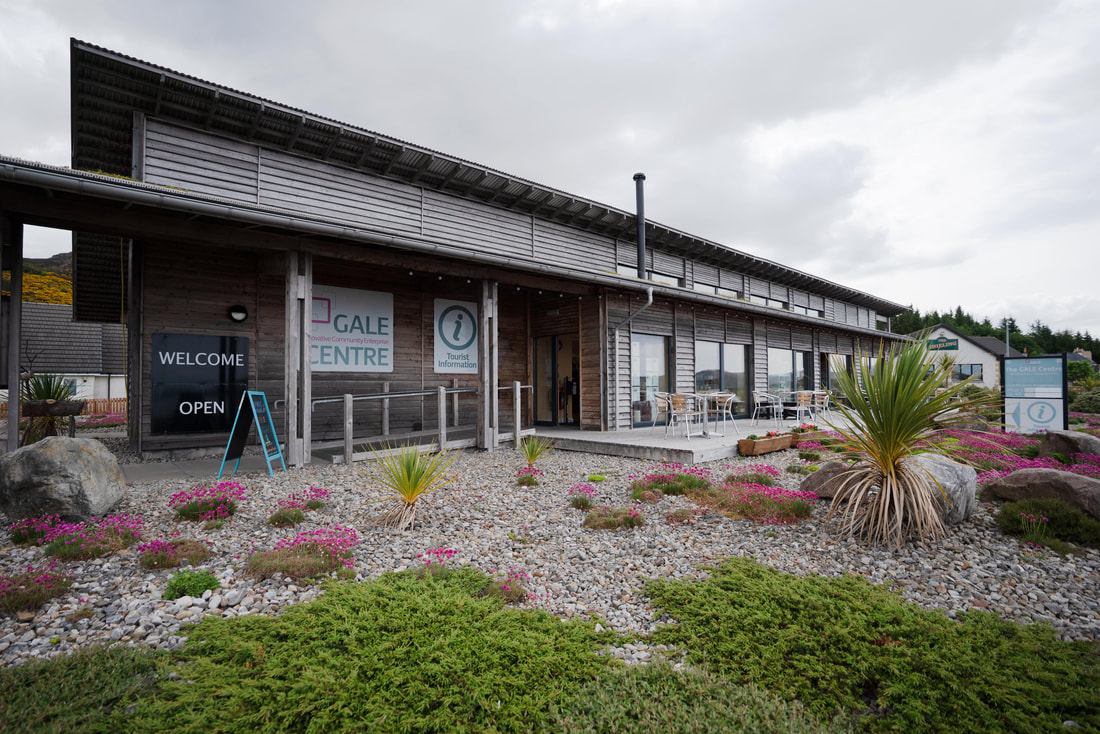
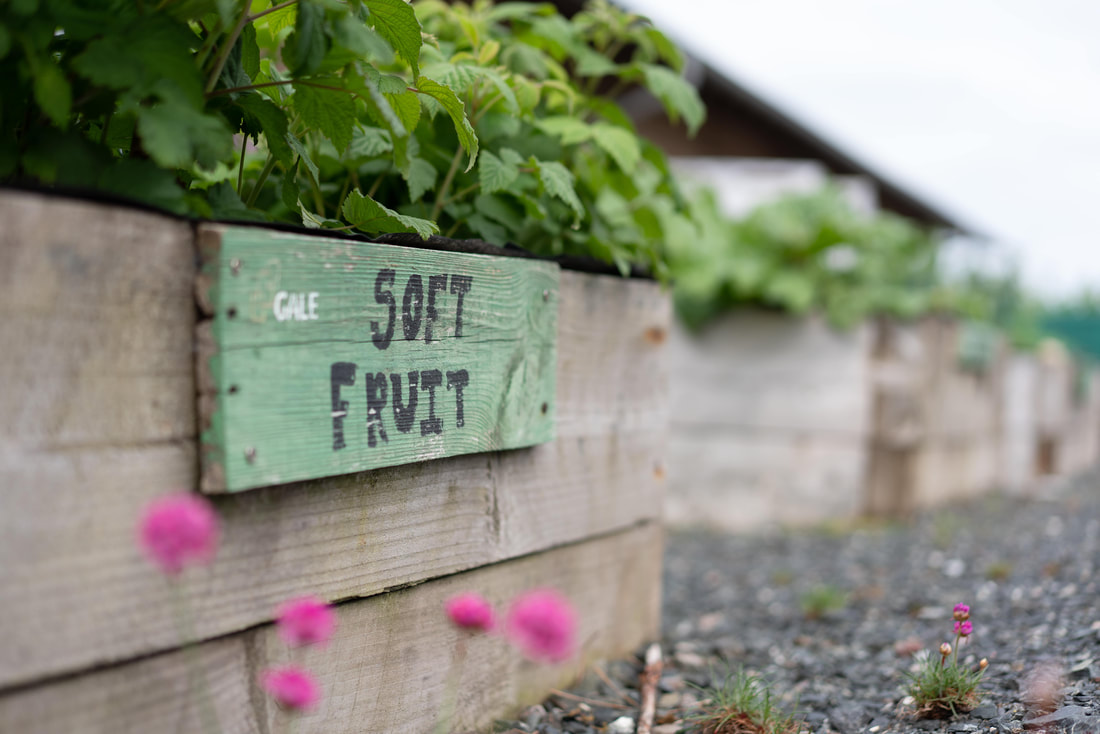
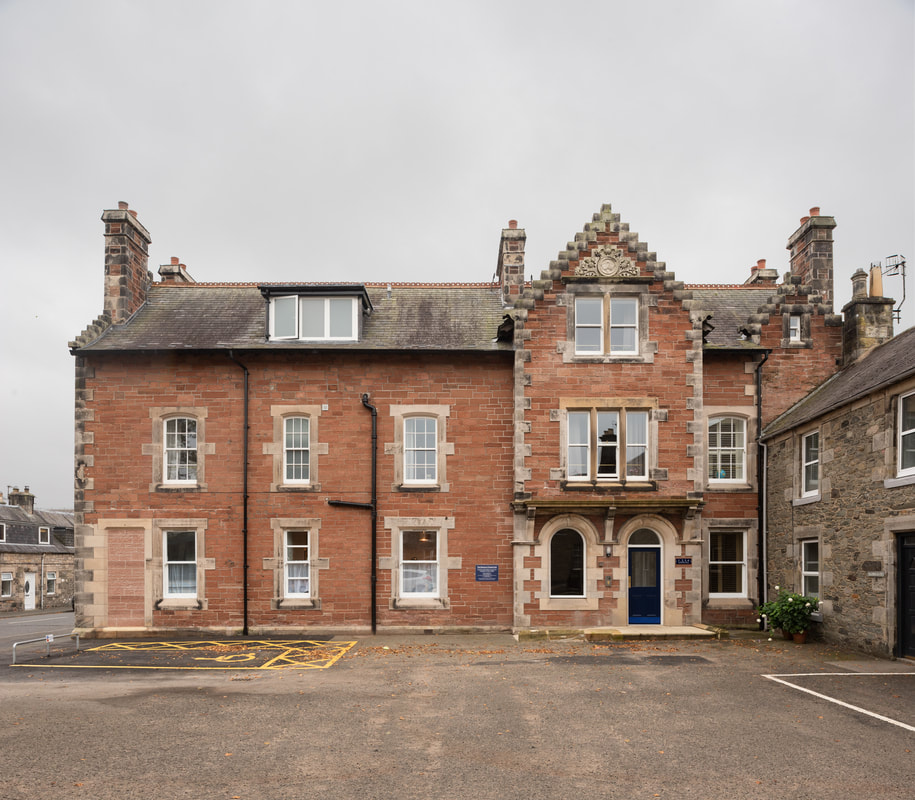
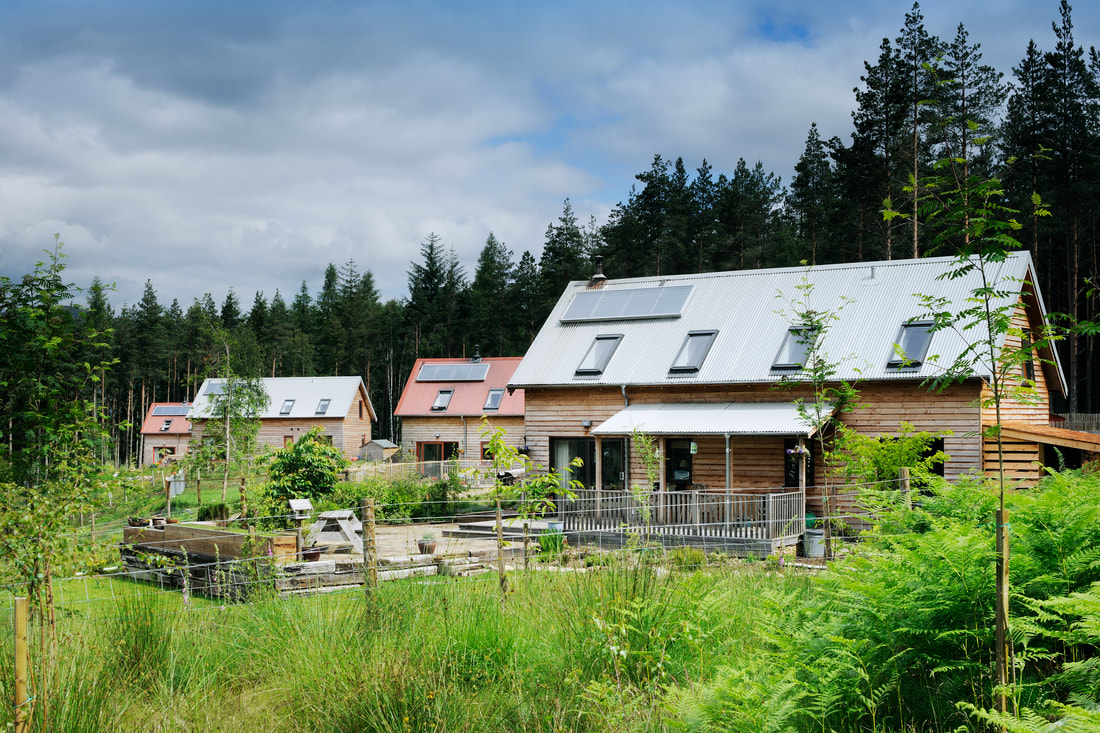
 RSS Feed
RSS Feed
